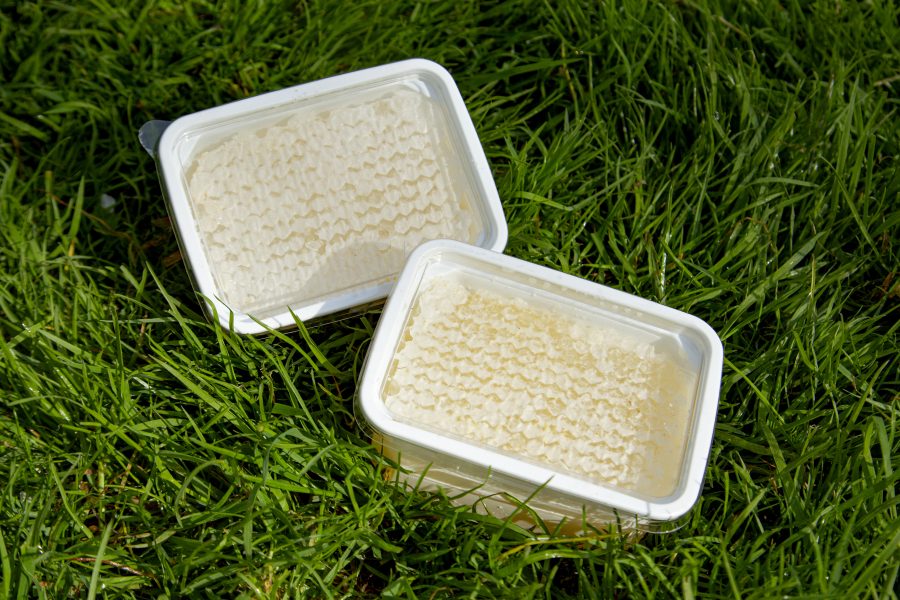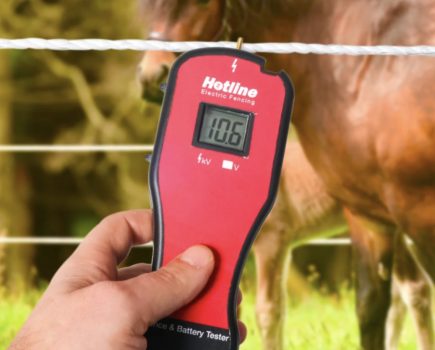The Country Smallholder’s bee expert, Claire Waring, describes how to collect and prepare to store your honey crop…
You have successfully controlled swarming in your colonies so they have remained strong. The weather has been good and the nectar has flowed. You have added supers as the bees needed space and have a good honey crop.
That is our ideal dream. The problem is that things don’t always workout that way. UK weather is notoriously fickle so each year starts in hope and anticipation. Some years our hopes are realised. Sometimes they aren’t. Beekeepers are among the most optimistic people in the world. After a mediocre or bad season, they will say, ‘Well, there’s always next year. That’s bound to be better’.
Most beekeepers start with the aim of getting their own delicious honey. As you have worked with your bees and gained experience, I hope your appreciation of these fascinating insects has widened. Sometimes I think that dealing with the honey crop is a quite demanding but it is still good to see the golden liquid spinning from the combs.
LEAVE THE BEES WITH ENOUGH FOR THEIR WINTER AND SPRING NEEDS
First things first. Your bees have stored honey for their own purposes. Properly stored, it will stay good throughout the winter and provide food for the colony. If you want to remove some of their stores, you are responsible for ensuring they do not run short. This is not just over the winter but at any time when the weather prevents them foraging or when little nectar is available.
Remember how cold some of our springs have been recently, leading to the need for stores. If your bees have been near oilseed rape, you will need to remove and extract this before it crystallises naturally in the comb. However, you first need to make sure it is ‘ripe’. In other words the water content is low enough for it not to ferment naturally when removed from the comb.
A rough and ready way to check is to hold the comb horizontally over the hive and give it a sharpish shake. If a lot of nectar drops out, you need to return it to the hive for the bees to continue to reduce the water content. If no nectar or just a little comes out, you can safely remove it. Check a couple of combs across the super to get an overall picture.
CLEARING THE SUPERS
The next step is to remove the supers from the hive, and they need to be cleared of bees.There are several ways of doing this, the best probably being a one-way escape. There are two popular types: the Porter and the Canadian.The Porter bee escape has two parts. The escape fits into the hole in the inner cover, turning it into a clearer board.
This article extract was taken from the June 2024 edition of The Country Smallholder. To read the article in full, you can buy the issue here.
To receive regular copies of The Country Smallholder magazine featuring more articles like this, subscribe here.
For FREE updates from the world of smallholding, sign up for The Country Smallholder newsletter here.








